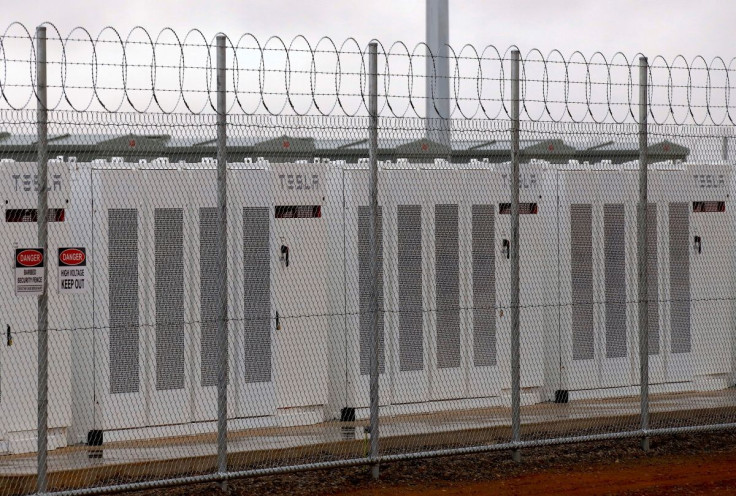Zinc-ion Batteries Can Accelerate The Transition To Renewable Energy
Lithium-ion batteries are currently the industry standard in residential energy storage but constraints in the lithium supply chain are hindering growth in this market. This has led to renewed interest in new battery technologies made with abundant and affordable raw materials.
Zinc-ion batteries are a promising lithium-ion substitute, pairing the strong performance and compact design of lithium-ion with a secure and scalable supply chain.
Supply Issues Are the Key Obstacle to Industry Growth
Rapid growth of the electric vehicle (EV) market caused global lithium-ion production to increase by 10x from 2010 to 2020. Costs fell by 90% during this period, driven by improved cell and process designs and scale-related cost efficiencies.
However, this also caused input materials to represent an ever-greater proportion of the cost, meaning battery makers became increasingly sensitive to changes in raw materials prices. Producers of many key input materials grew at a fraction of the rate of their battery manufacturing customers, causing severe and worsening shortages in recent years.
This is how the success of the 2010s caused the defining challenge the industry will face in the 2020s: High sensitivity to input costs combined with shortages in key input materials cause rising battery prices and hindered growth.
With the global market for energy storage set to triple from 2021 to 2028, lithium-ion battery prices and production volumes will struggle to keep pace with the demands from both the energy storage and EV markets. Increasing concerns about supply chain security in a world of worsening geopolitical relations make this even more acute.
China produces over 80% of the input materials used for lithium-ion battery production. By incorporating abundantly produced and locally sourced materials into their design, alternative battery chemistries like zinc-ion perform under different chemistries (zinc), which will be the key to pacing supply with demand.
North America produces less than 0.3% of the world's lithium and contains less than 4% of its reserves. Its capacity for processing these materials into production-ready inputs is negligible.
However, zinc is both mined and processed in North America in sufficient quantities to meet all of its energy storage demand. Zinc is also easily recyclable, which means the industry can avoid depleting this critical mineral by designing for recovery at end of life.
As the industry grows and energy storage becomes a critical part of our electrical infrastructure, it will increasingly require batteries built with abundant, secure and sustainable supply chains.
Avoiding catastrophic climate change requires rapid adoption of EVs and energy storage this decade. Both require large amounts of inexpensive batteries. With the lithium-ion industry facing serious structural challenges that are expected to last throughout the decade, there is an urgent need for alternative battery chemistries like zinc-ion.
Improved Safety Needed for Rapid and Widespread Adoption
Safety is very important for energy storage systems, especially systems that are installed in homes or businesses. Lithium-ion batteries are inherently prone to thermal runaway, which occurs when cells become hot enough to trigger internal reactions that produce more heat.
As these heat-producing reactions occur, they heat up the cell further, causing heat-producing reactions to occur faster. Since energy storage systems contain hundreds or thousands of cells packed closely together, thermal runaway risk needs to be carefully controlled.
Regulators are producing increasingly strict safety standards that increase system costs and impede installation. Therefore, substituting lithium-ion batteries for a safe battery would simplify system design.
Zinc-ion's water-based design is incapable of experiencing thermal runaway. This makes it particularly valuable for applications that prioritize safety, like energy storage in dense urban environments or in industrial settings.
This safety also allows energy storage systems to be operated at higher temperatures, which is important as the electrical grid is especially prone to failure during periods of extreme heat. As heat waves become increasingly common, energy storage systems that can be safely operated at high temperatures will have an important role in improving grid resiliency.
Compact Design Simplifies System Integration
A key reason for lithium-ion's dominance in energy storage is its ability to store a lot of energy in a small space. There are very few battery chemistries that can match the energy density of lithium-ion, and even fewer can do so while being competitive on cost and service life. Despite being twice as heavy, zinc-ion battery packs have the same energy density (by volume) as lithium-ion.
While mobile applications (e.g. EVs) need light and compact battery packs, heavy batteries are perfectly fine for stationary applications. By matching the size and performance of lithium-ion battery packs with improved cost, safety and supply chain security, zinc-ion batteries have the potential to become the new industry standard in energy storage.
Despite the technology being less than a decade old, zinc-ion batteries are rapidly being developed and demonstrated for commercial applications. If developers of this technology can successfully prove their market readiness with in-field pilots and large-scale manufacturing in the next few years, then zinc-ion batteries will be well positioned to replace lithium-ion batteries as the industry standard for energy storage this decade.
(Ryan Brown is one of the co-founders of Salient Energy.)

© Copyright IBTimes 2024. All rights reserved.





















